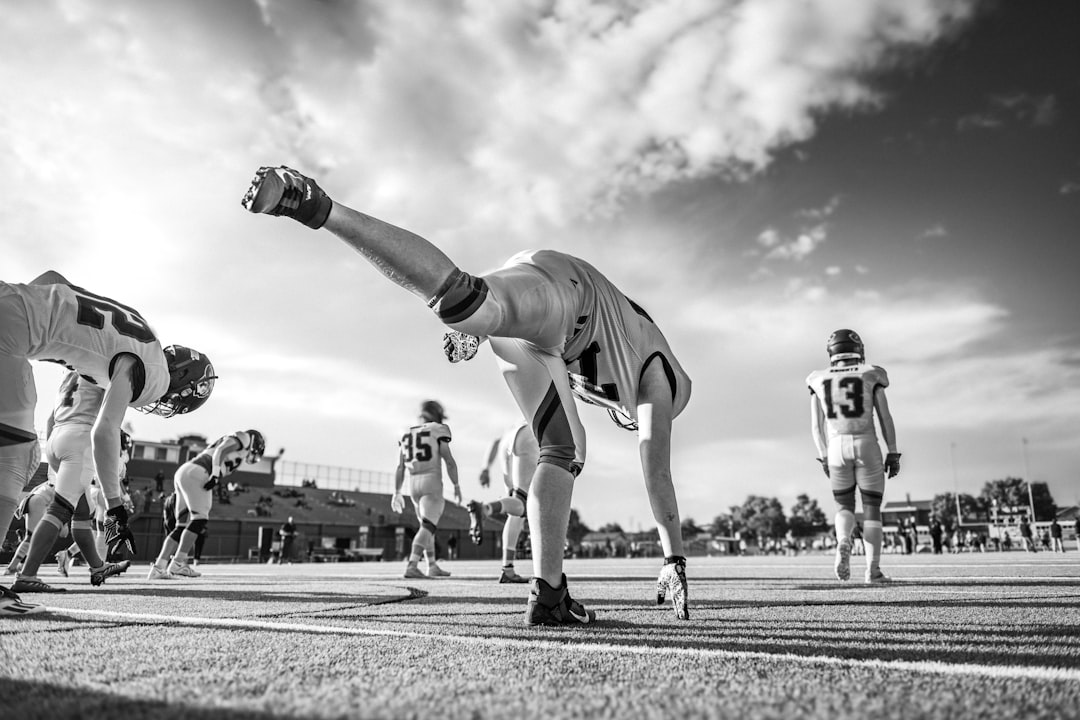Modern sports coaching in America is undergoing a revolutionary transformation with the integration of Artificial Intelligence (AI). Today’s athletic programs, whether high school, collegiate, or professional, are leveraging AI to deliver more personalized, data-driven insights that can significantly elevate performance levels. From tracking movement and biometrics to predicting injuries and optimizing training loads, AI-powered performance tracking is becoming an indispensable tool in the coach’s toolkit.
Understanding AI-Powered Performance Tracking
At its core, AI-powered performance tracking involves the use of machine learning algorithms and smart sensors to gather and interpret data from athletes during training and competition. These systems analyze massive datasets in real time, identifying patterns and making predictions that human analysis alone might miss.
Unlike traditional coaching methods, which often rely on observation and general metrics, AI systems offer deep insight into factors such as muscle fatigue, reaction time, biomechanics, and even psychological state.
Key Benefits for Coaches
- Real-Time Data Feedback: Coaches can receive instant updates on an athlete’s exertion levels, allowing for live adjustments in training intensity.
- Injury Prevention: AI can detect subtle movements or patterns that may precede an injury, enabling preventive interventions.
- Personalized Training Plans: Each athlete’s data can be used to tailor workouts for maximum efficiency and safety.
- Enhanced Game Strategy: Pattern recognition helps coaches understand opponents and adjust tactics based on metrics.
- Objective Progress Tracking: Automated data collection means progress is measured and recorded precisely without subjective guesswork.
Applications Across Different Sports
AI-powered systems are not confined to a single sport. In football, tracking devices analyze sprint dynamics and helmet impacts. In basketball, AI monitors vertical leaps and shooting mechanics. For baseball, AI systems evaluate swing path and pitch velocity.
Beyond professional leagues, high schools and universities are beginning to adopt these tools to give their athletes a competitive edge — and to ensure safety through data-driven workload management.
Image not found in postmeta
Getting Started: What Coaches Need to Know
For American coaches new to AI technology, here are some core considerations:
- Choose Appropriate Hardware: Wearable trackers, smart clothing, and camera systems each serve different purposes. Select tools that align with your sport and objectives.
- Understand the Software: Most hardware platforms come with proprietary apps or dashboards that require a learning curve. Familiarity with the software is essential for extracting meaningful insights.
- Data Ethics and Privacy: Coaches must ensure athletes’ data is stored securely and used ethically. Parental consent may be required for minors, especially in school sports settings.
- Use AI as a Supplement, Not a Replacement: While AI can uncover invaluable performance insights, human judgment remains vital in motivating athletes and fostering teamwork.
Challenges to Consider
Despite its capabilities, AI-powered performance tracking isn’t a silver bullet. Challenges include:
- Cost: High-quality systems can be expensive, although prices are gradually decreasing with wider adoption.
- Data Overload: Coaches must learn to filter relevant information from vast datasets.
- Resistance to Change: Veteran staff and athletes may be skeptical of replacing “what’s always worked” with technology.
Looking Ahead
As AI becomes more integrated, it will continue reshaping the coaching profession. Data literacy will be as essential as tactical knowledge. Forward-thinking coaches who embrace this technological shift will not only foster better athletic performance but also promote long-term athlete health and growth.
FAQ: AI-Powered Performance Tracking for Coaches
- Q: Is AI technology difficult to implement for a small sports program?
A: Many companies offer scalable solutions. Start small, perhaps with a wearable or a data analysis app, and grow as needed. - Q: How do I know which AI tool is right for my team?
A: Evaluate your sport’s specific needs. Sprint-heavy sports benefit from motion tracking, while contact sports may focus more on injury prediction. - Q: Can AI actually prevent injuries?
A: While not foolproof, AI can recognize warning signs of overtraining and movement anomalies that often precede injury. - Q: Do I need to be tech-savvy to use these systems?
A: Basic training is usually provided by vendors, and interfaces are becoming user-friendly. Collaboration with tech staff or assistants can help ease the transition. - Q: What about the privacy of my athletes?
A: Ensure you’re compliant with data laws (like FERPA or HIPAA) and always involve athletes and guardians in data-sharing decisions.